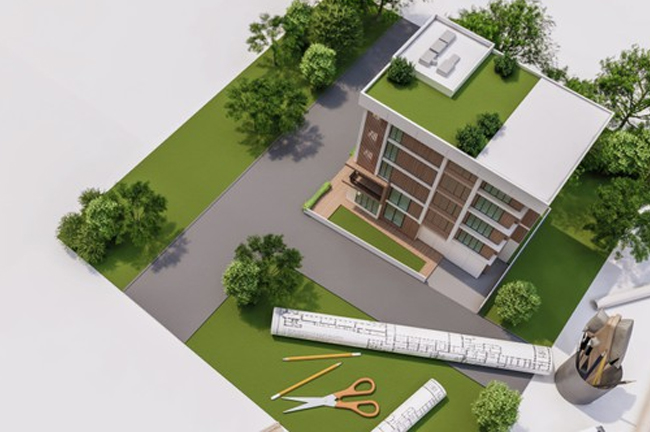
Architectural Models – Lighting System
Lighting is an important aspect of architectural models as it can greatly enhance the visual impact of the model and help to showcase the design features of a building or structure. Here are some ways in which lighting can be used in architectural models:
- Highlighting design features: Lighting can be used to highlight specific design features of a building or structure, such as facades, windows, and other architectural details. This can help to draw attention to these elements and showcase their visual appeal.
- Creating ambiance: Lighting can also be used to create a particular ambiance or mood in the model. For example, warm lighting can create a cozy and inviting atmosphere, while cooler lighting can create a more modern and clinical feel.
- Adding realism: Lighting can be used to create a more realistic representation of the building or structure, by mimicking the lighting conditions of the actual location. This can help to provide a more accurate representation of how the building or structure will look in the real world.
- Showcasing materials: Lighting can also be used to showcase the materials used in the building or structure, such as highlighting the texture and color of the materials. This can help to provide a better understanding of the building’s materiality.
When it comes to lighting architectural models, there are a variety of lighting systems that can be used. Some common systems include LED lights, fiber optic lights, and miniature halogen bulbs. The choice of lighting system will depend on the specific requirements of the model, such as the scale and size of the model, as well as the desired lighting effects.




0 Kommentare
Einen Kommentar schreiben